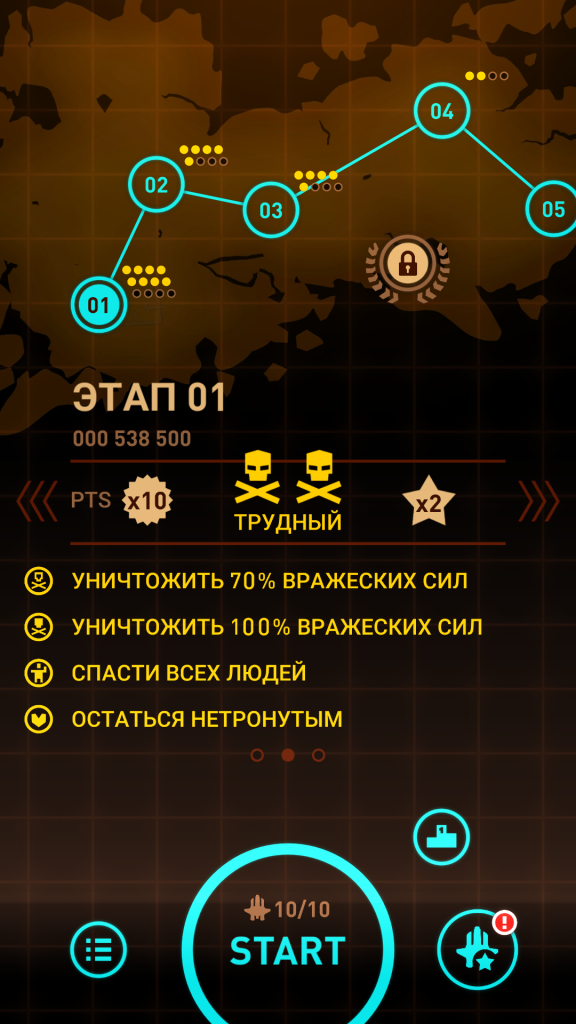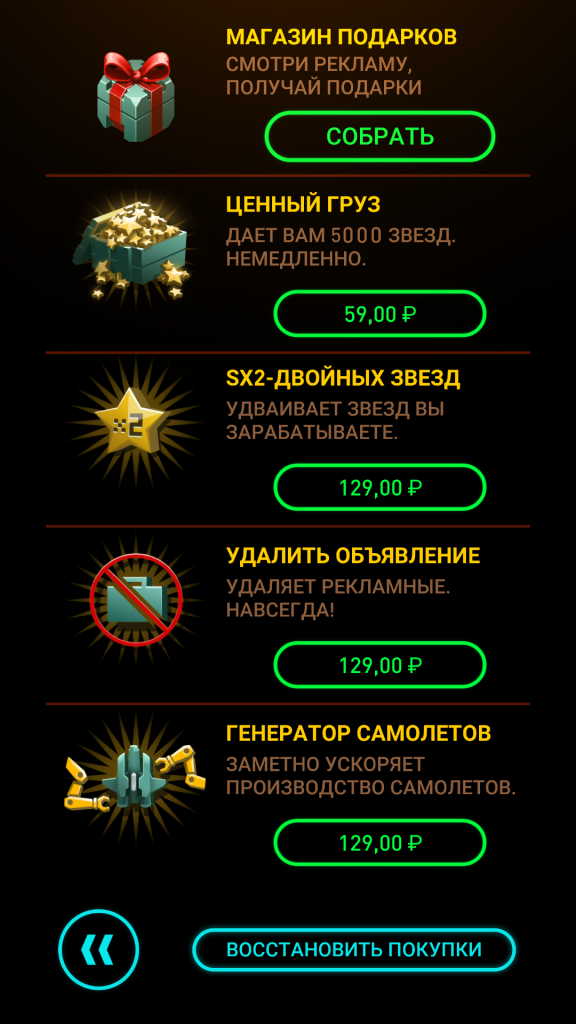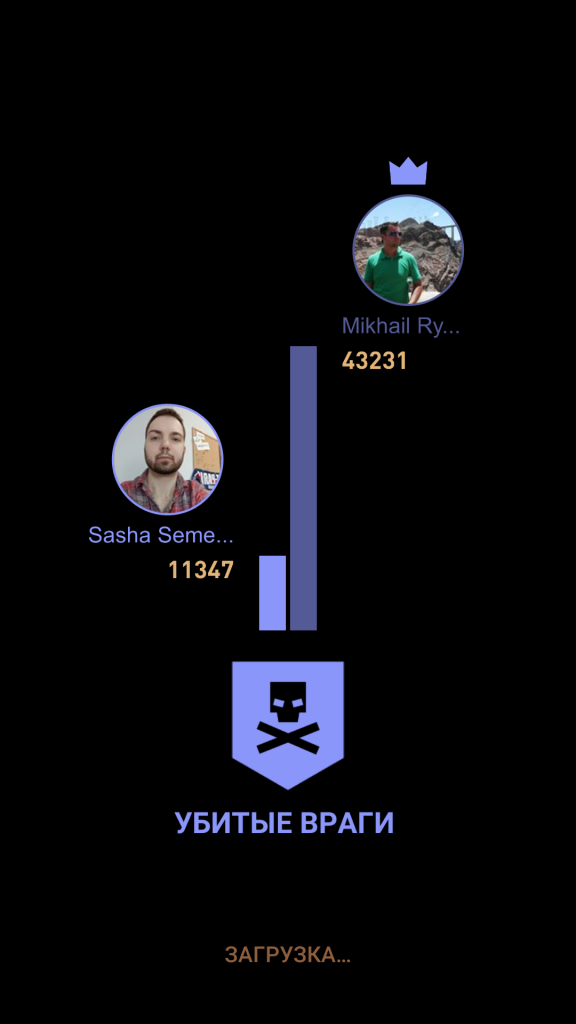For three decades, scroll shooters remain niche, but at the same time they do not lose their charm. The recently released Sky Force Reloaded is no exception. We analyze why it is beautiful.
A rhetorical question
Some genres (or rather the games coming out within them) do not change. They remain the same as we remembered them decades ago.
Should they be scolded for this?
They say, where is innovation, where is a fresh look, where is the correspondence of time? Especially if they remain just as fascinating and interesting?
I’m not talking about quests and classic RTS, which require an unconditional and thorough rethinking. About a completely different genre. Niche. Not so popular. But at the same time managed to keep the charm and relevance. About scrolling shooters.
Terminology
Game genres are a big headache. Too often, “generic attributes” are shuffled and become standards for a wide range of projects.
Scroll shooters are an exception. There is usually no confusion specifically with them. Except for one “but”. If you turn to the English-language Wikipedia, you can find out that this is a subgenre of shoot ’em up. It’s a little more complicated with him.
The genre of shut-em-up is considered one of the first, if we are talking about digital games. It is to him that the Spacewar game is attributed, launched in 1962 on the PDP-1, a minicomputer the size of a cabinet.
The essence of games of this genre is to destroy waves of opponents and the need to avoid their attacks. Today, a lot of different projects fall under this definition.
But, as a rule, in the case of shut-em-ups, we are talking about projects with a view from above. A classic representative of the genre is, if we talk about recent projects, Enter the Gungeon. This also includes the Russian Alien Shooter series.
The key difference between scroll shooters and shut-em-ups is that, although the player controls a game object (usually a ship) within the game screen, this does not affect its position relative to the level, which scrolls independently at a constant speed.
As a rule, scrolls are divided into vertical and horizontal. It depends on how the levels unfold in the game: from top to bottom or right-to-left/left-to-right.
Scrolls are also divided into two more types, based on their dynamics. In the Russian-language Wikipedia, approaches are called ”methodical“ and “manic” (bullet hell). The first requires cramming levels, the second requires very good skill.
The so-called “bullet hell”, by the way, can be a subgenre of not only scrolling shooters, but, for example, platformers. In this case, some representatives of the latter may be classified as shut-em-ups. For example, Contra and Metal Slug.
Tears of nostalgia
I came across scroll shooters for the first time in 1994. It was Flying Tigers from the Korean Dooyong. The project was one of the “ideological heirs” of the popular 194x series from Capcom.
Ten years later, I was happy to go through the next reissue of DemonStar from Mountain King Studios. The concept and gameplay were the same. There is an airplane, there are maneuvering shoals of enemy ships, bosses, types of projectiles selected on the battlefield, and so on. Not a blockbuster, but time and nerves devoured greedily.
Twelve years later, I’m playing Sky Force Reloaded. Again, everything is the same. We have a picture again from above, in the picture: a warship, towards which there are shells, and at the end of almost every stage there is a big boss.
And it’s still fascinating, interesting and not at all outdated, despite the minimal innovations (more precisely, their almost complete absence in mechanics).
What’s the secret? The fact that games in this genre do not come out thousands of pieces a year? Perhaps. But, as it seems to me, it is not only in this. Flew to disassemble.
Game design
I really like Sky Force Reloaded because the game has a strong connection between the basic game mechanics, the construction of levels and the existing minimum binding. They work in synergy with each other. You don’t understand it right away, but then it gets you excited. But more on that later. Let’s start with the obvious.
- Building levels
Each level in the game is based on a constant alternation of simple / complex moments with the constant increasing complexity of the latter.
Roughly speaking, after a large number of opponents, the player always has the opportunity to take a break, but at the same time, the next obstacle is more difficult than the previous one.
At the same time, the game does not slide into “bullet hell”. Very conditionally, this can be called a successful application of the FUUU factor in the framework of gameplay.
At the same time, the number of waves of opponents in quiet moments usually fluctuates around the number one to three (where the wave is a “shoal” of aircraft, a helicopter link or a ground installation). Moreover, the complication of the moments can also occur due to the strengthening of the opponents themselves without increasing their number.
In other words, a quiet stage is when a couple of “shoals” fly by or one gun constantly shoots at you. A difficult moment is the appearance of either serious opponents, like a helicopter firing three projectiles at the same time, or an increase in the number of simple opponents (7-8 waves).
Sometimes there are moments when there is no strict alternation: after one difficult moment, another follows. This increases the tension in the game and, of course, brings more fun. But developers do not abuse this.
This is done, it seems to me, based on the “concern” for the player. Projects with a constantly high pace (and at the same time a long session, and here it goes from three minutes boldly to six) often cause fatigue. In the case when the difficulty increases gradually, it is more comfortable for the player.
A boss fight in a game (where there is a boss) is always cathartic. Sometimes three minutes. Where there is none (for example, in the fifth level, where the player cannot attack opponents, but only dodge them), developers work with the narrative in levels differently. At the same fifth stage, the complexity increases minimally from the conditional wave to the wave. At the same time, the understanding that most enemy projectiles are fatal (and at the same time the player can only dodge) constantly increases the tension. The duration of the level itself works for this. Therefore, it is pointless for developers to play with complexity in this situation.
By the way, there is also an official cheat in the game. When the player takes his finger off the screen, the game slows down several times. This allows you to navigate in particularly difficult situations. Cheat can be called both a plus and a minus of the game. But it should be remembered that even with him, passing many moments in the game is a very difficult task.
- Tasks at the levels
Any level of the game sets a number of tasks for the user (the same from level to level). The implementation of some of them requires maximum concentration on specific goals. I mean, taking on one, it is often very difficult to successfully complete the other.
The choice of the task determines the behavior of the player at the level.
Formally, there are four tasks. A medal is given for each of them. There is a fifth task outside of medals.
The tasks for which medals are given are as follows:
- destruction of 70% of opponents;
- destruction of 100% of opponents;
- saving all people on the level;
- passing the level without damage.
It is easy to see that the first and second tasks partially duplicate each other. Why was the first one introduced?
The first task is the only one with which the player will have no problems (as a rule, it can always be taken at the first passage of any level). It is a kind of engagement tool. The player receives a medal, sees that it gives an increase in the number of points. So he has an additional incentive to get new medals.
As for the other three “medal” tasks, they change the perception of passing.
When the task is to destroy everyone at the level, the player begins to try to get literally all the opponents. Given the constant waves of opponents trying not to linger on the screen, this is a relatively difficult task, subjectively increasing the pace of the game.
The task of rescuing people scattered across the levels, on the contrary, slows down the pace, since the process of lifting passengers on board requires time, more care and accuracy.
Completing levels without damage is another difficult test. Any hit into the player’s ship with an automatic machine deprives him of a medal. It doesn’t matter that you then picked up a first aid kit and came to the end of the level with 100% health. You’ve been hurt. And period. Taking this achievement requires a careful style of play.
The fourth actual and fifth formal task is to collect the maximum number of stars on the level. The more stars you have collected, the more you can spend on improving the ship. This also affects the gameplay, the behavior of the player at the level.
This can actually include the fifth factual – and fundamental – task: to survive at the level.
Why the game needed medals / tasks, I will explain a little later, but here I want to note the following point. We have already talked about how the game creates tension, suspense in Sky Force. The introduction of additional tasks (medals) is an additional factor in its strengthening. They give additional emotions.
For example, when a player tries to knock out a medal for passing “without damage” – hitting him with a laser at the final stage is a very vivid experience.
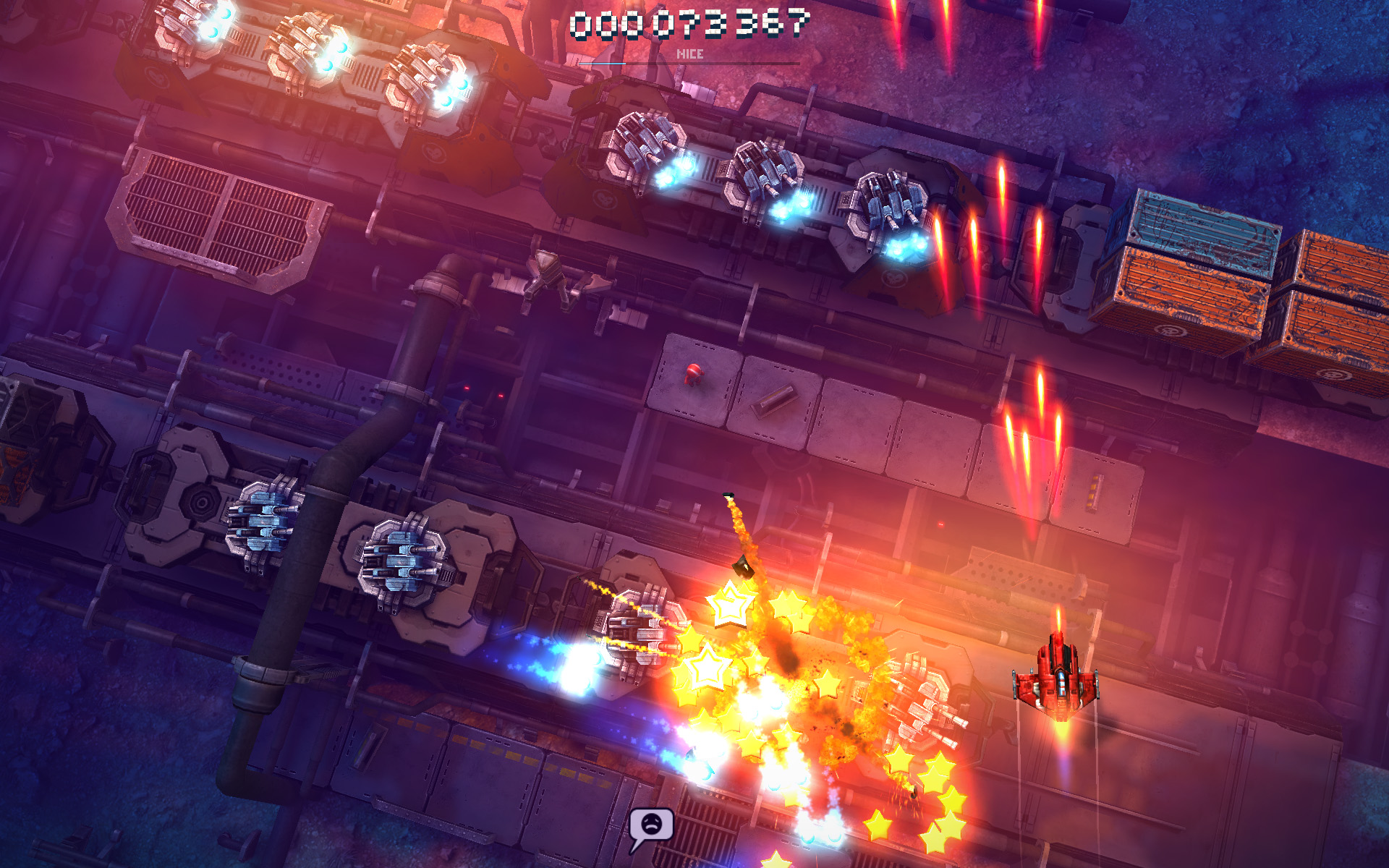 It is important, by the way, how the game works with aspects related to knocking out medals. For example, in the case of the first hit on the ship for the level – the phone vibrates. But only the first time. Or here’s another example: in case of successful loading of a person onto a ship, the player hears an emotional cry.
It is important, by the way, how the game works with aspects related to knocking out medals. For example, in the case of the first hit on the ship for the level – the phone vibrates. But only the first time. Or here’s another example: in case of successful loading of a person onto a ship, the player hears an emotional cry.
The project always strives to inform the player about events as much as possible.
- Progress in the game
Sky Force formally has two systems of progress. Linear, which can also be called extensive: there is a list of levels on which the player is progressing. And there is also an intensive one aimed at developing the passed stages.
Each of the progress systems has its own task. Extensive works for motivation, and intensive for reducing the rate of content consumption, retention and building an in-game economy.
1. Extensive system
As part of the linear progress, the player unlocks new levels and gets acquainted with the formal plot, represented by several small dialogues.
Without the opportunity to see new levels, solve new bosses and meet unexpected opponents – would it make sense to play the project?
2. Intensive system
Each next stage for the opening requires not only passing the previous ones, but also receiving a certain number of medals from them. In fact, the game is based on the need to go through the completed game stages.
The system of medals is just aimed at making it not boring to knock them out. It’s a stretch, but still we can say that the passage of the same level, depending on the chosen goal, allows you to play slightly different games.
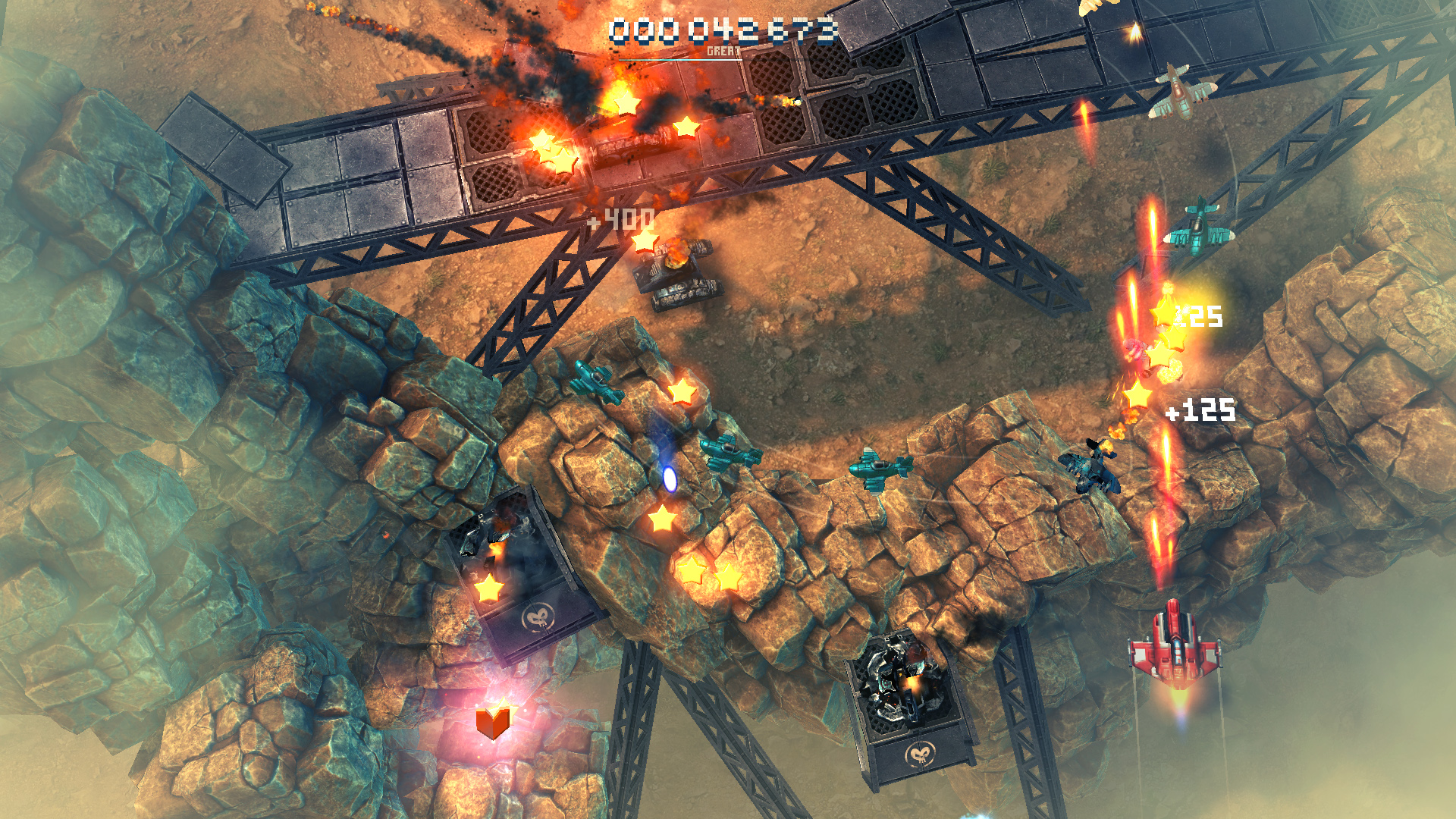 This, by the way, also compensates for a very limited amount of content. If there were no diverse goals and medals in the game, the game would be played very quickly (8 levels at the time of release).
This, by the way, also compensates for a very limited amount of content. If there were no diverse goals and medals in the game, the game would be played very quickly (8 levels at the time of release).
The intensive progress system in Sky Force has a second bottom, which, however, also works on the task of reducing the speed of “eating” content.
Each level has three difficulty modes: normal, difficult, abnormal. The opening of each next mode occurs after receiving all four awards of the previous one. For example, to gain access to a complex mode, you need to collect all the medals in normal and so on.
- Economy
Sky Force also has its own carefully balanced economy. It is just completely built on an intensive system of progress.
When destroying opponents, stars pour out of them. Stars are the local universal currency. It is spent both on improving the ship, and on accelerating the construction of improvements and replenishing energy. We will talk about the last two points in the section about monetization.
How many stars fall from enemies depends on the difficulty of the level. Therefore, if a player wants to earn faster (and, accordingly, pump the ship), he gets an additional incentive to knock out the maximum number of medals.
Work on the ship includes 8 items. Initially, there is only the main weapon on the ship and there is a certain protection. Then the player buys new guns and pumps all the options. The main weapon can be pumped, for example, 40 times.
Each new level is more difficult than the previous one. At the same time, the next level may be more difficult and additional difficulties of the previous one. For example, the difficult mode of the first stage is easier than the normal mode of the fourth.
Passing any level of any complexity from the first time is usually difficult. So it is always assumed to grind: to pass the level, you need to die there n times, earning the necessary number of resources.
Each next stage and each next difficulty reset the progress. Did the player think he had a cool ship? He immediately gets opponents who have increased health, impact strength and speed of shots.
And the fact that the user starts earning more does not matter anymore, since the prices in the store after previously completed upgrades also grow significantly.
As a result, there is a situation when the player, although he feels and sees some progress regularly, but he is constantly being thrown back all the time. As a result, the player rarely feels really cool and pumped up. He is constantly motivated to recruit resources, constantly improve the ship.
- Monetization
It seems to me that the monetization system chosen by Polish developers – frituplay – is not suitable within the framework of the existing economy in the game (at least in the form in which it is now present).
The ability to pump a ship instantly for real currency makes sense of the progress system and finely tuned game economy, turns the project from a tooth-crushing action into a simple and boring arcade game in which the player is doomed, yawning, methodically to go through the game stages to see “what’s next”.
A possible solution would be to introduce multiple currencies. Non-convertible, which the player could receive only at levels (or as in the game – for viewing ads) and spend on improving the ship. And convertible, which would be spent only on accelerating the construction of upgrades and replenishing energy.
Now you can buy all the stars, and they go for everything.
Monetization in the game does not appeal to me, nor, as can be understood from the cash tops of the game, to users. Those moments that exist spoil the harmonious gaming system and do not cause a desire to leave money.
In fairness, I note that Sky Force 2014, which was released a few years ago, reached the box office Top 100 in the iOS gaming category in the USA. In terms of monetization, it differed little from the discussed novelty. On Steam, Sky Force Anniversary (PC version of Sky Force 2014), already being paid, sold a frivolous circulation of 20 thousand copies in a year.
- Collecting
Fans of collections in the game will have something to do, although the opportunity to occasionally receive from friends (as I understand, randomly) details of new ships with a unique design and compromise characteristics, as well as maps that raise the characteristics, minimally affect the perception of the project.
- Social aspect
The game counts a wide range of Facebook friends’ achievements (total points, total firepower, and so on) and compares each level with yours when loading.
If it wasn’t for this moment, I probably wouldn’t have paid attention to the leaderboards at all. And with such a presentation, any session motivates for “new achievements”.
Results
The main aspects of the game, as I have already noted, are how the levels are built and the progress in the game. These elements are closely related to each other, so that the game gives the impression of a very thoughtful and elaborated project (not counting monetization, of course).
It is also worth noting how the developers have worked with the motivation to consume content. The player is constantly pushed to this by as many as four points:
- getting access to new levels;
- upgrade the ship to successfully complete the levels;
- getting the maximum number of achievements (achievements);
- high place in leaderboards.
By the way, Sky Force is currently one of the most beautiful mobile games on the market. This is the console quality of graphics without discounts.
On this positive note, I finish and suggest sharing my thoughts on the material and on the game in the comments.



